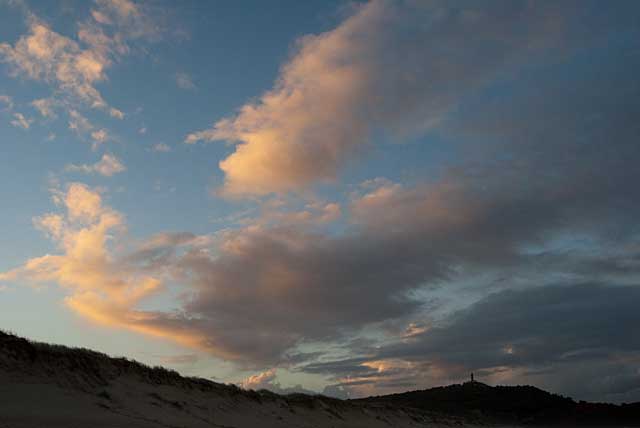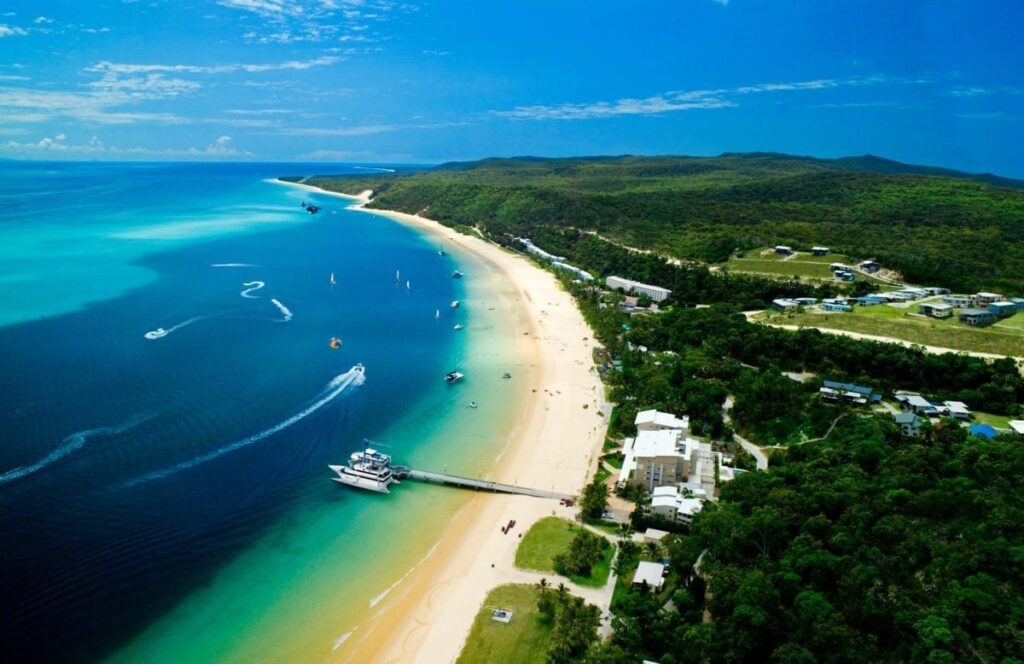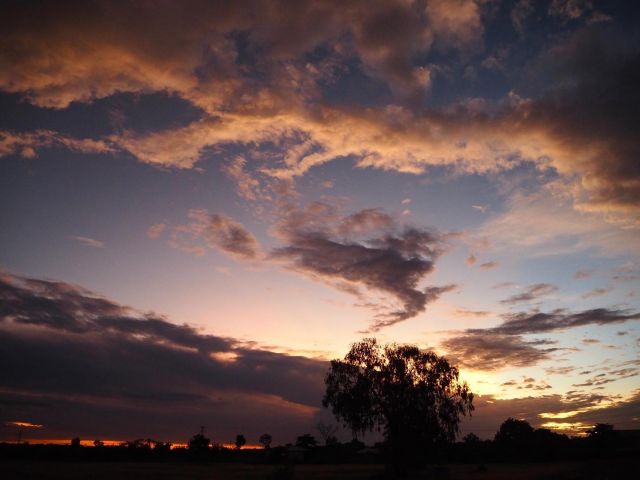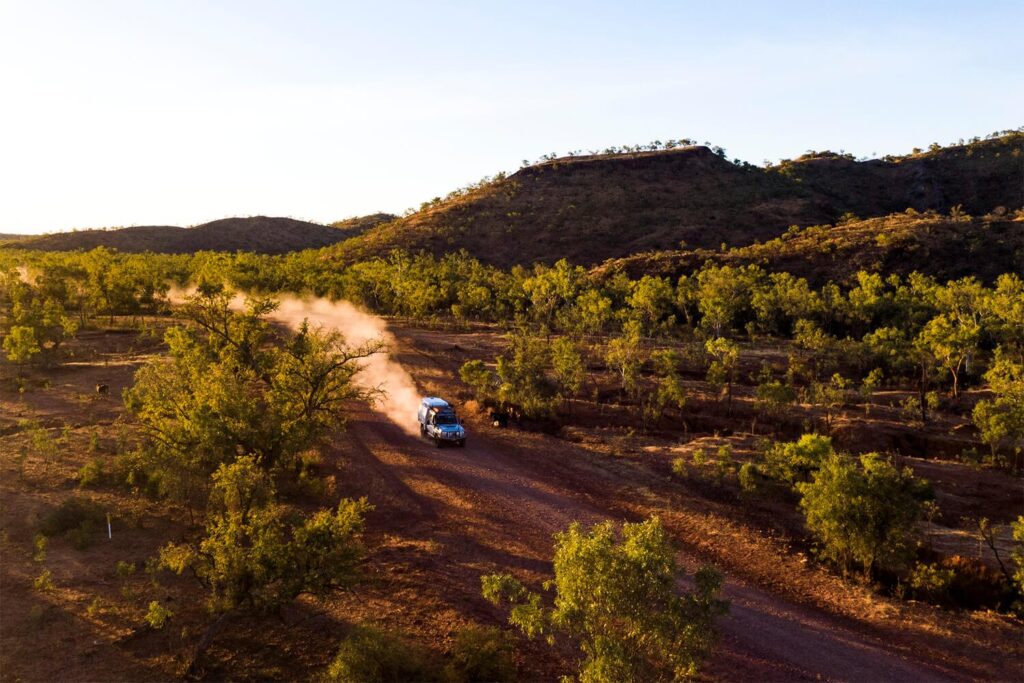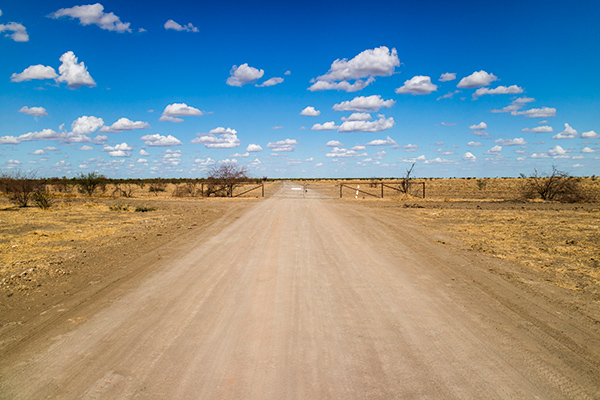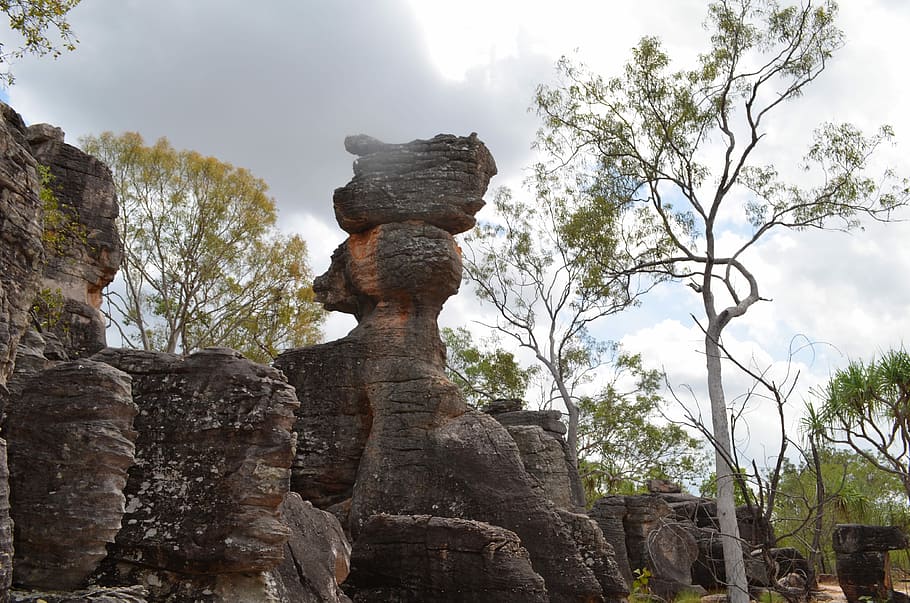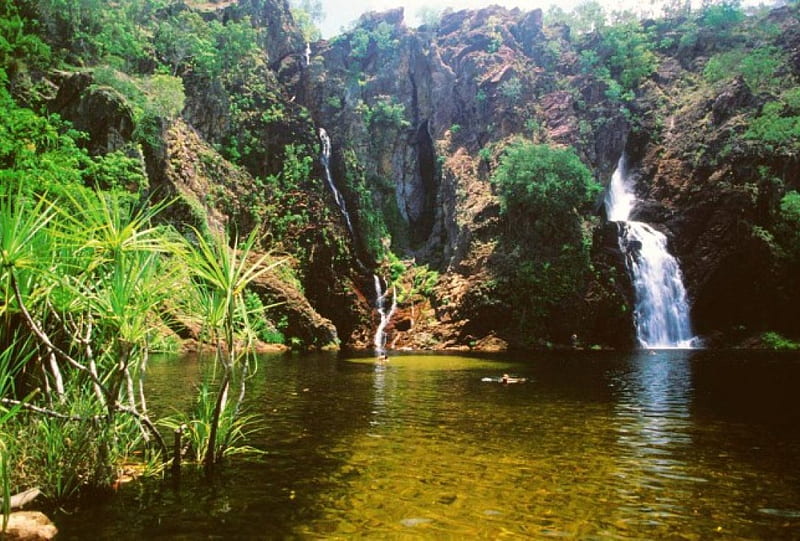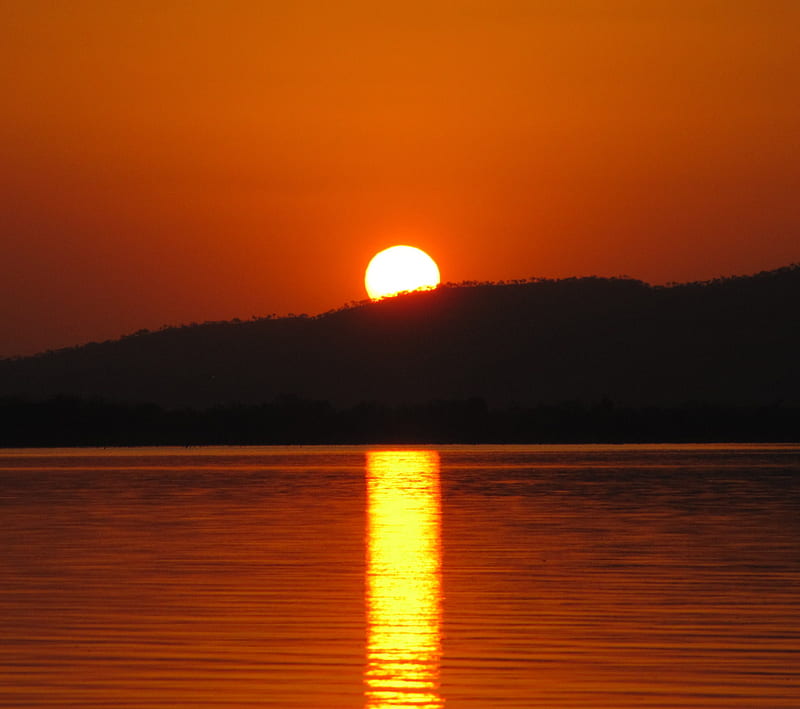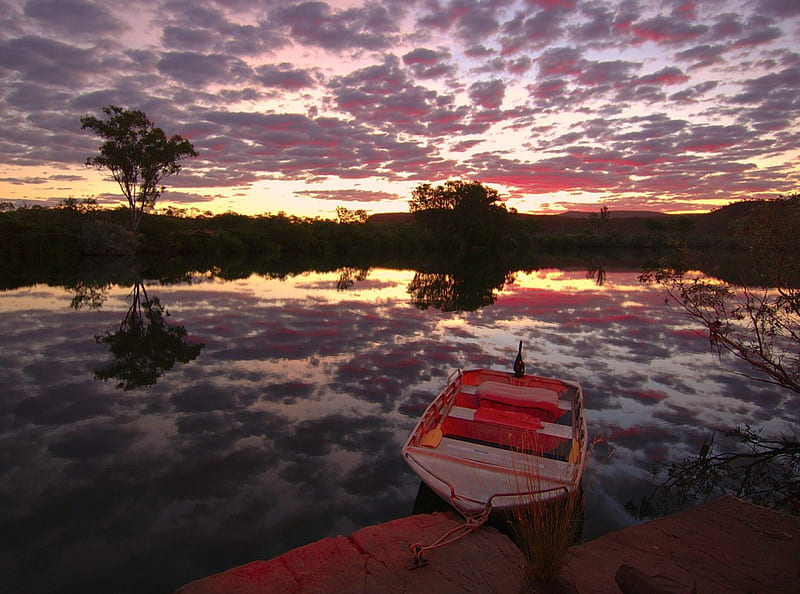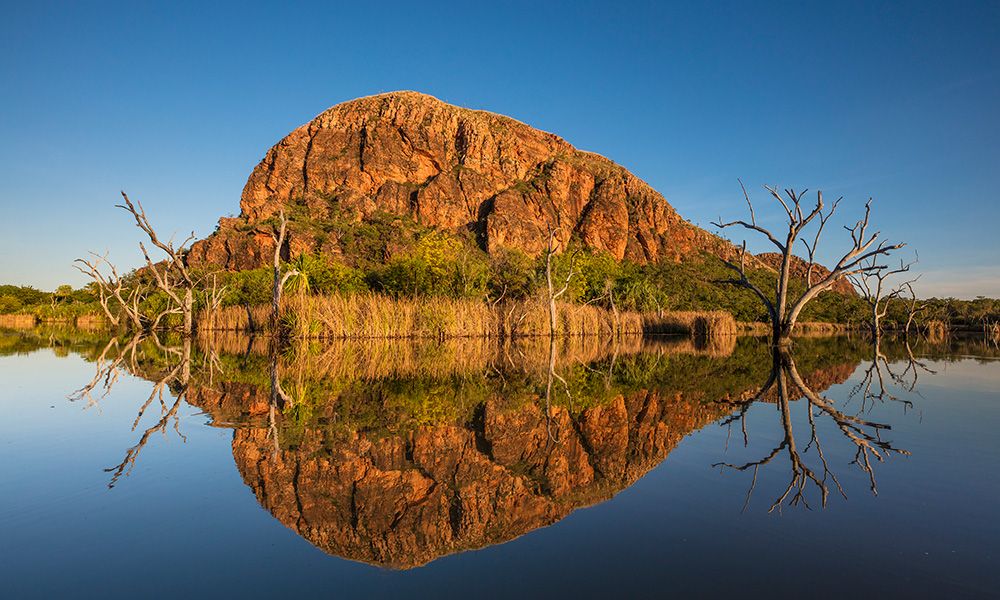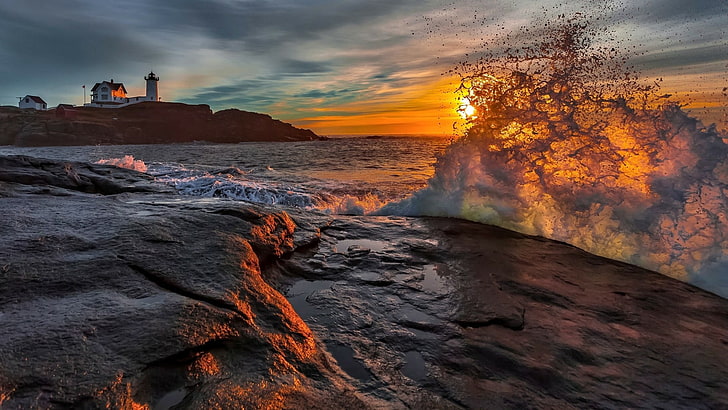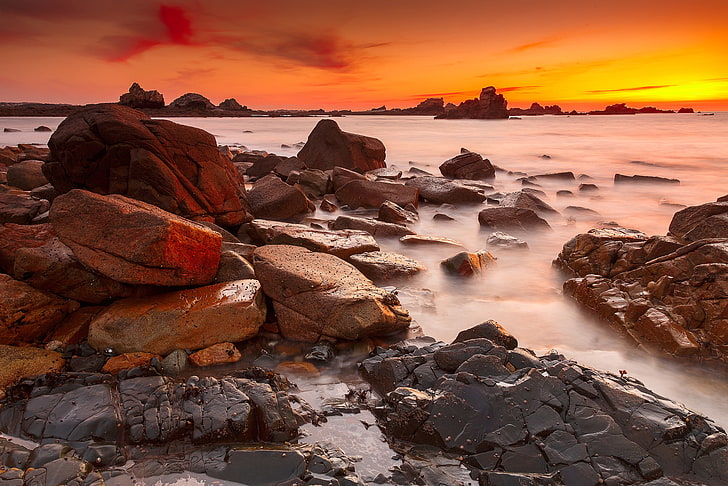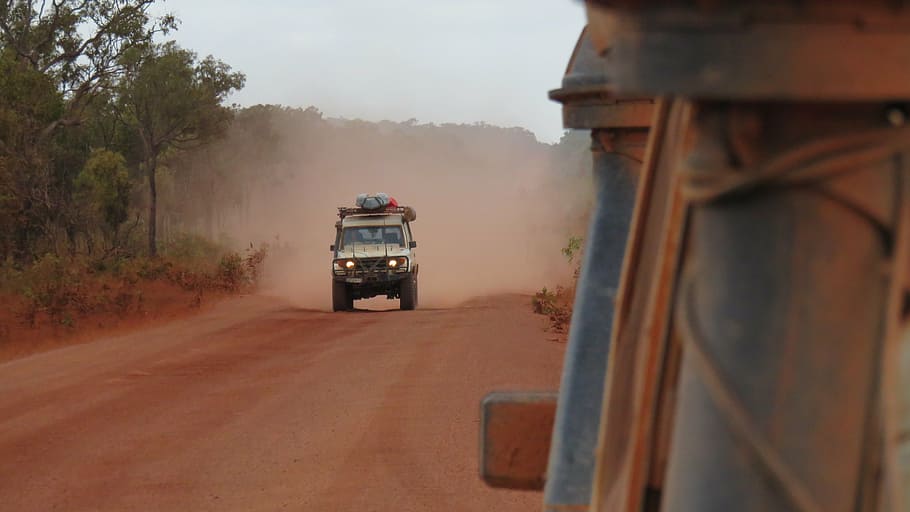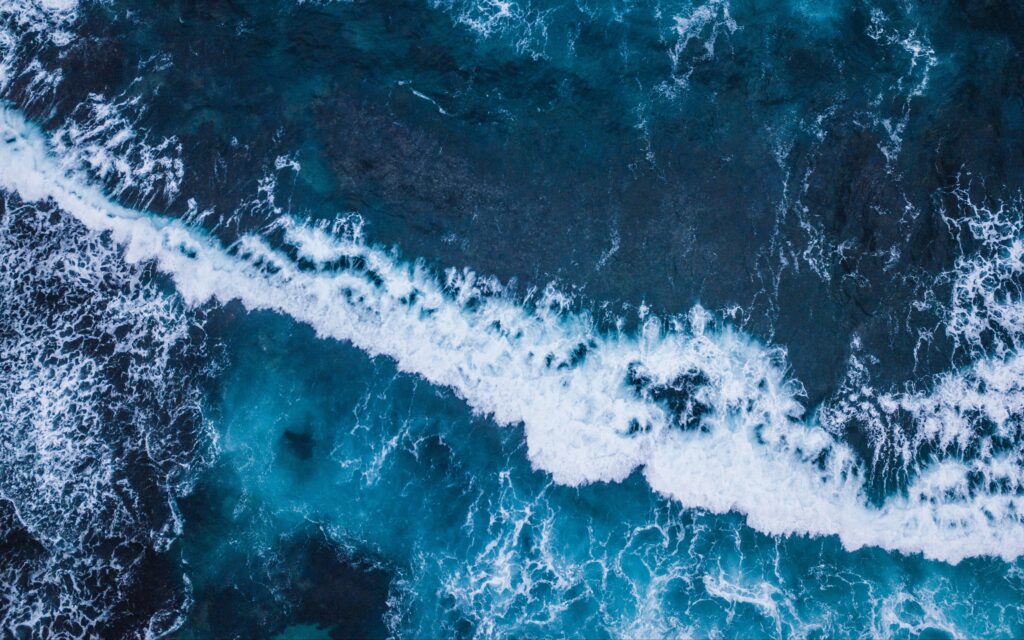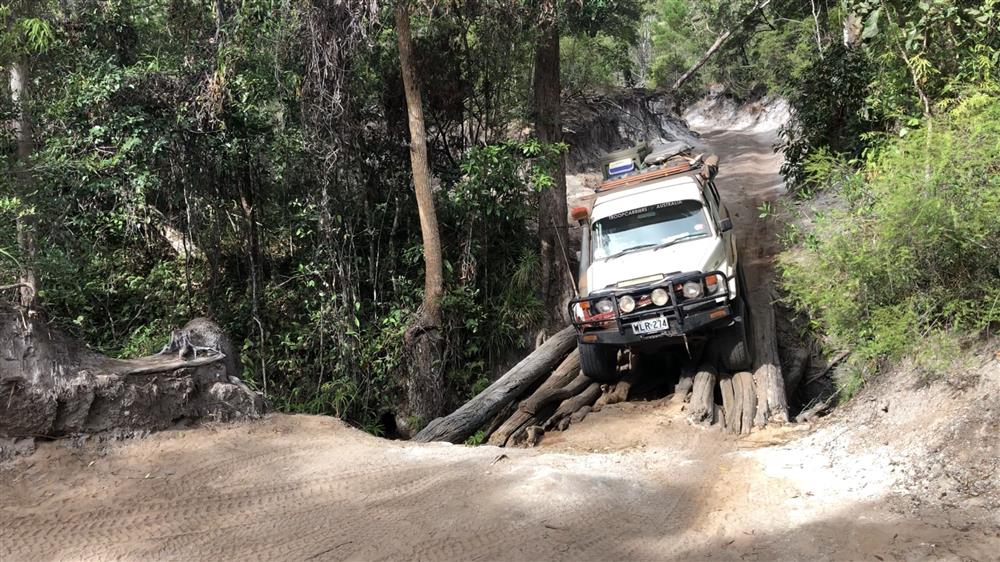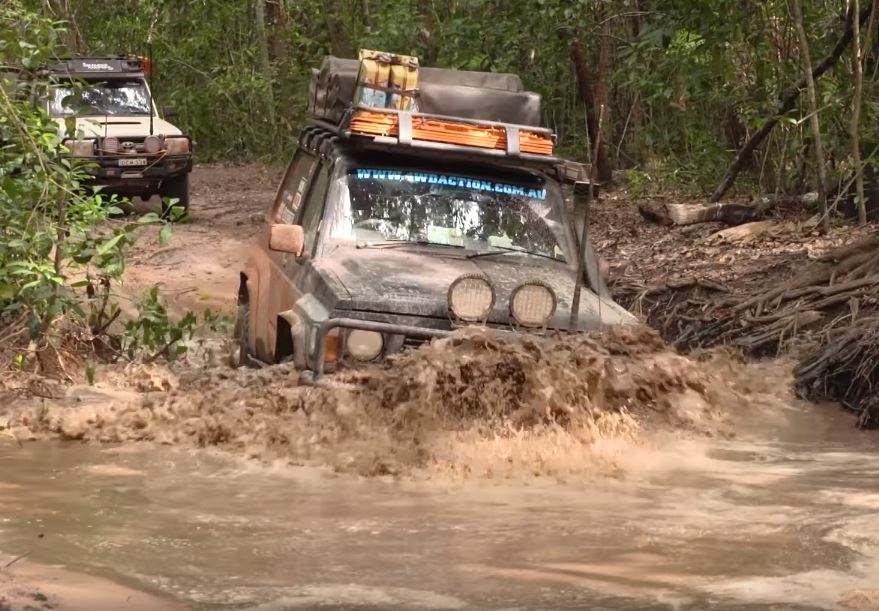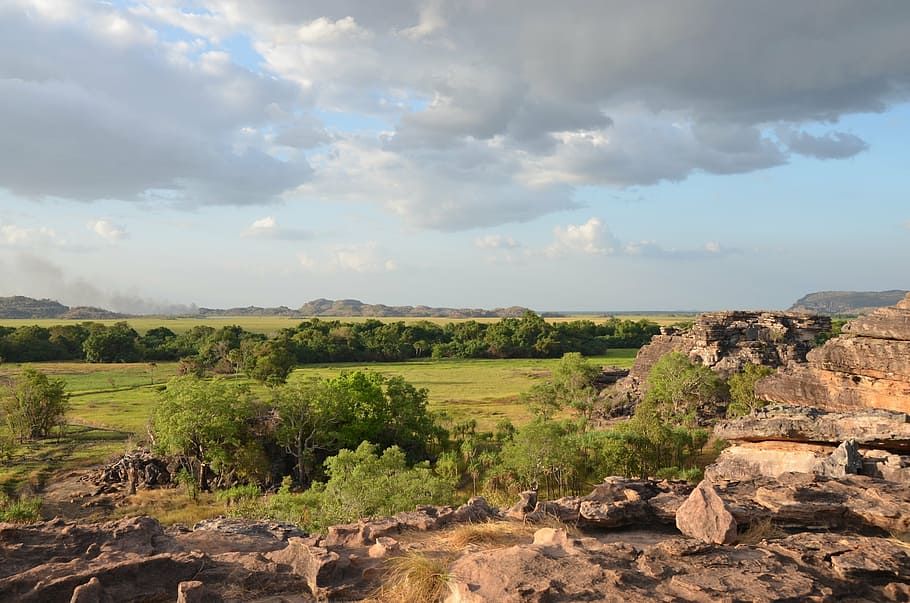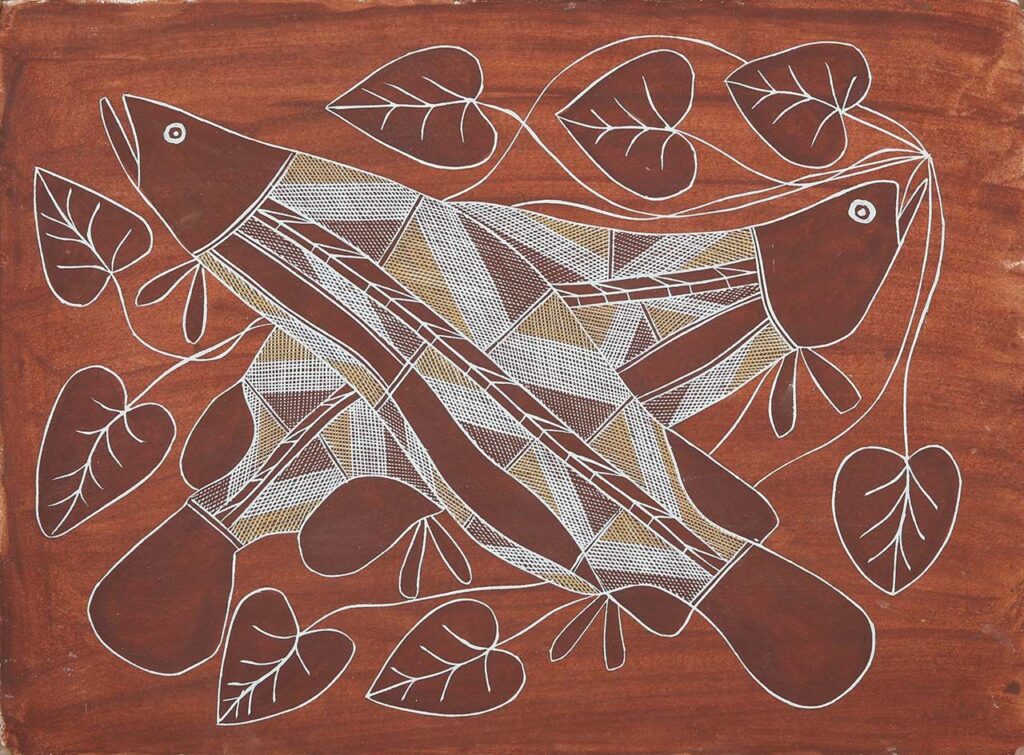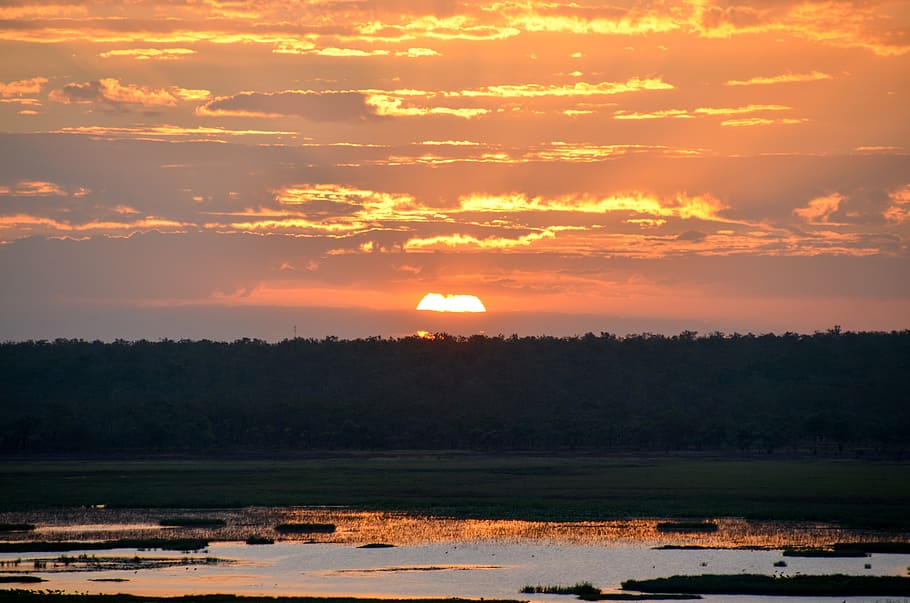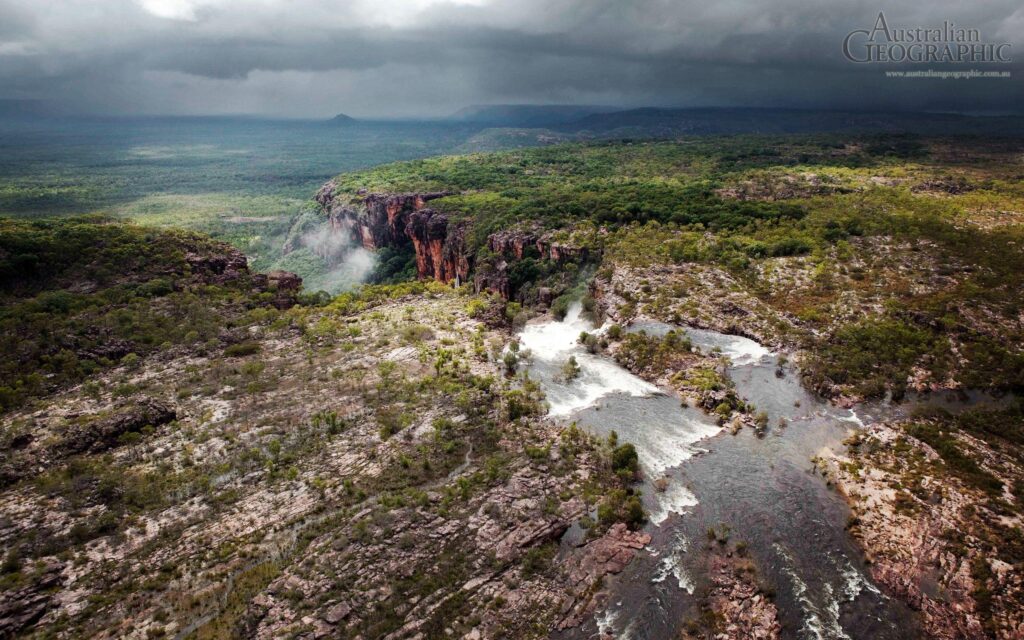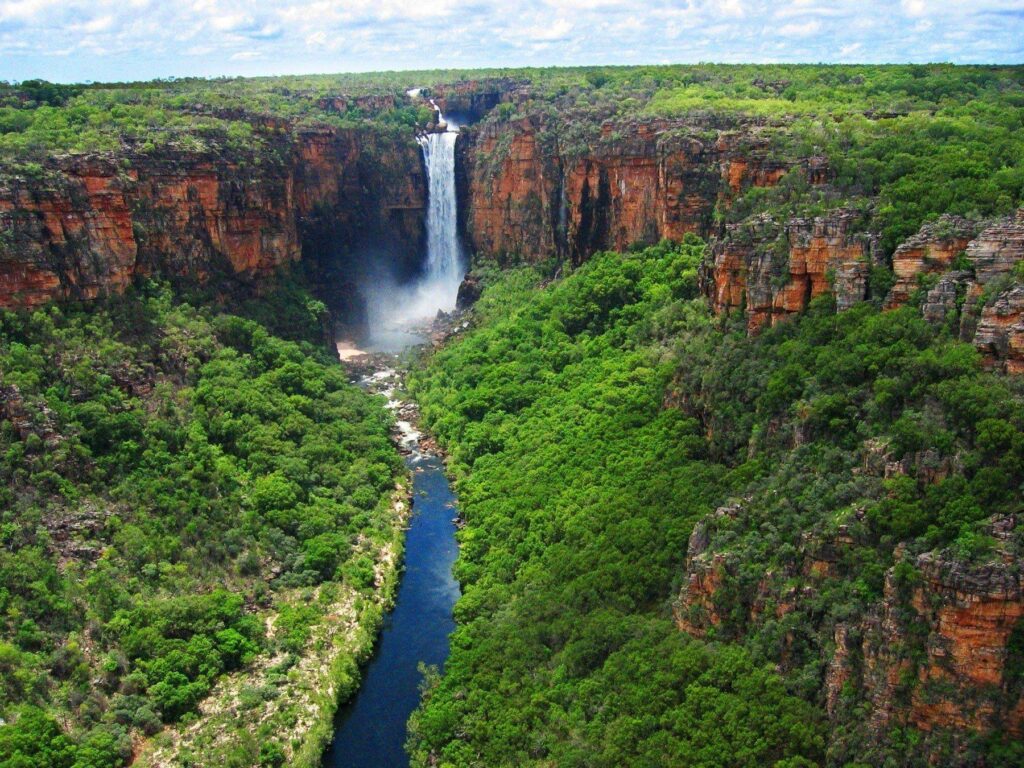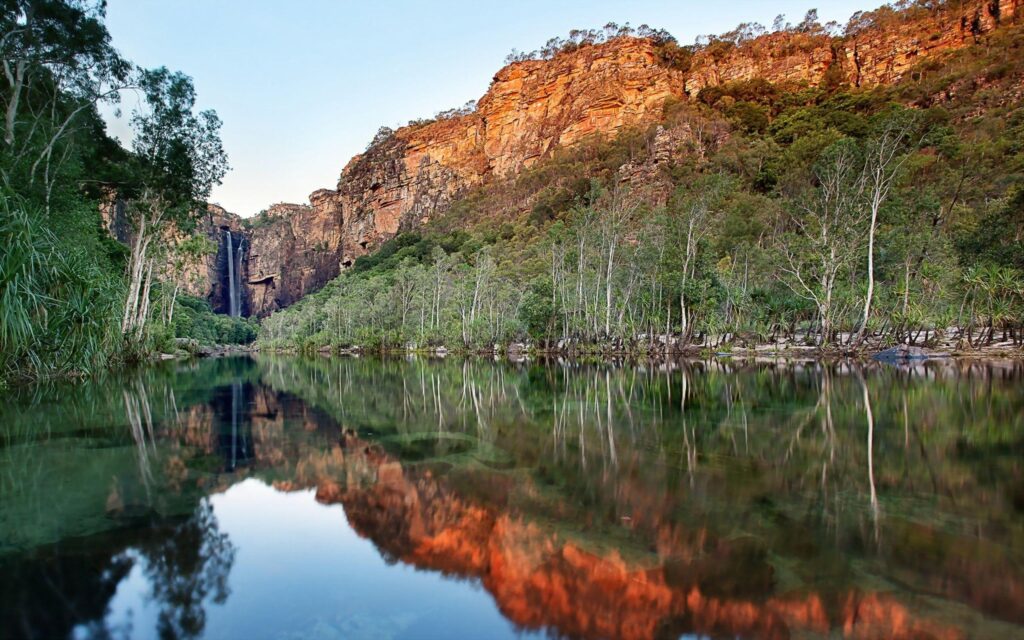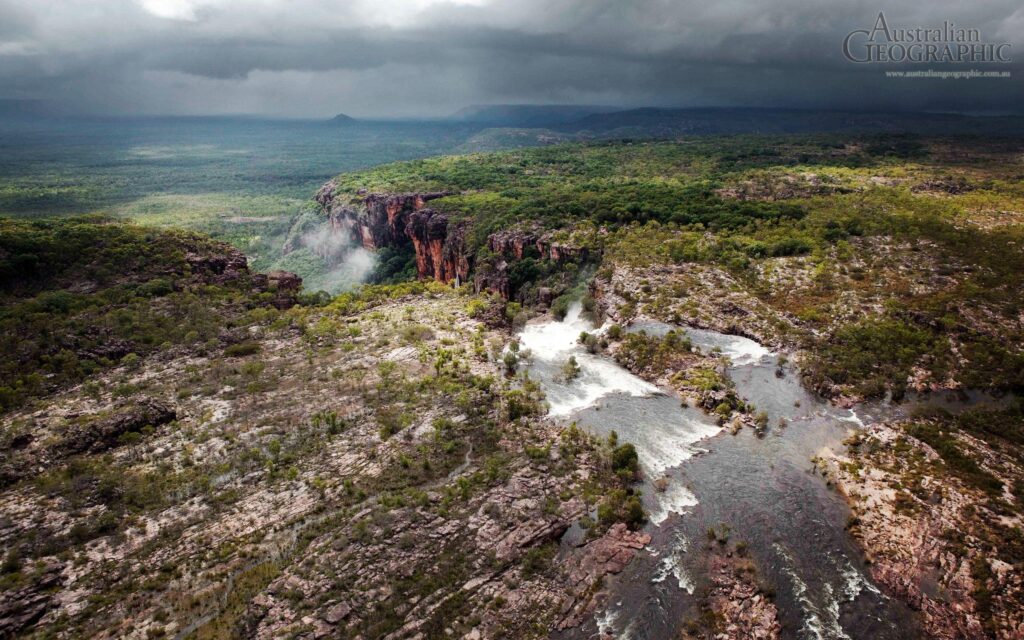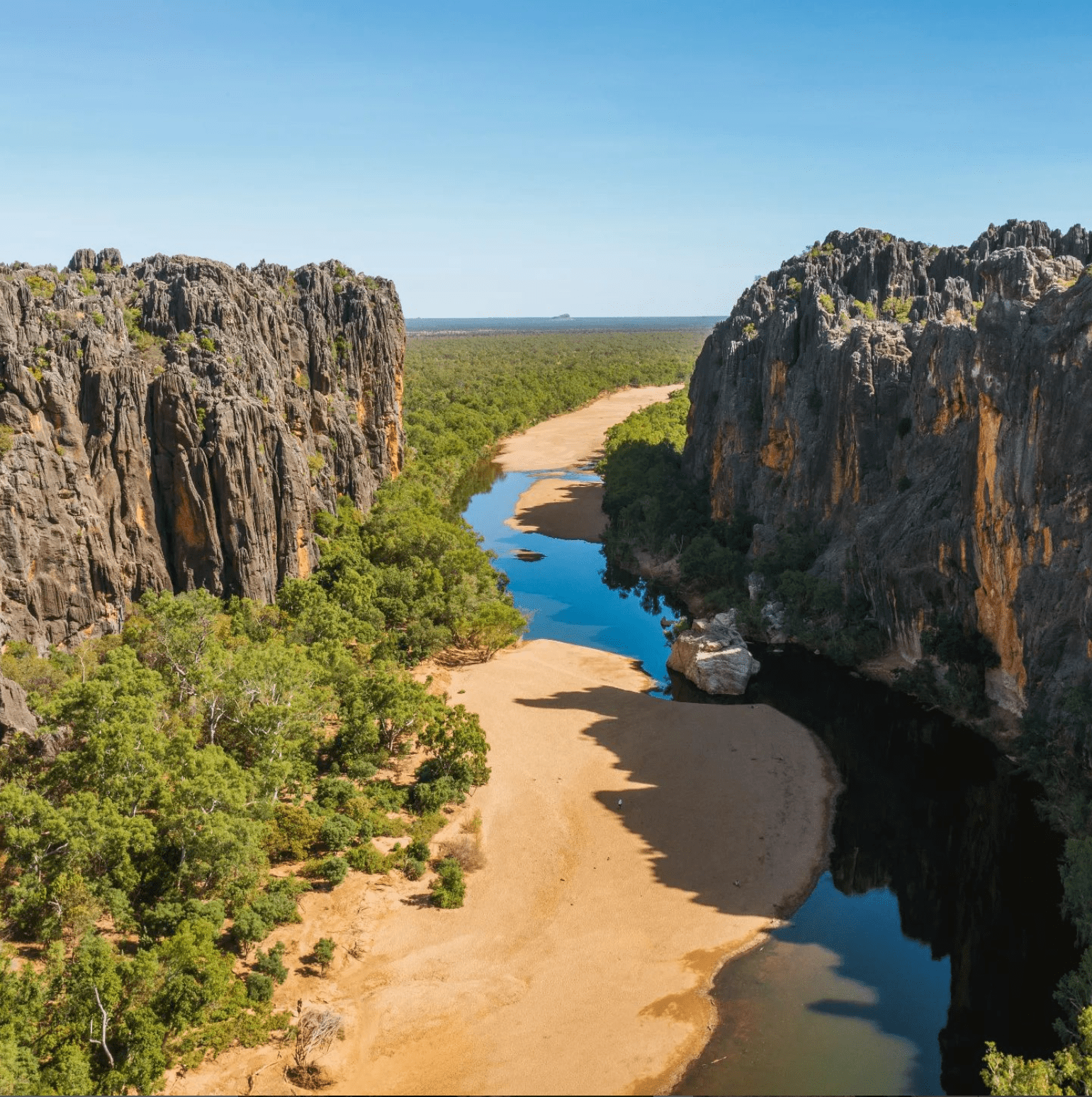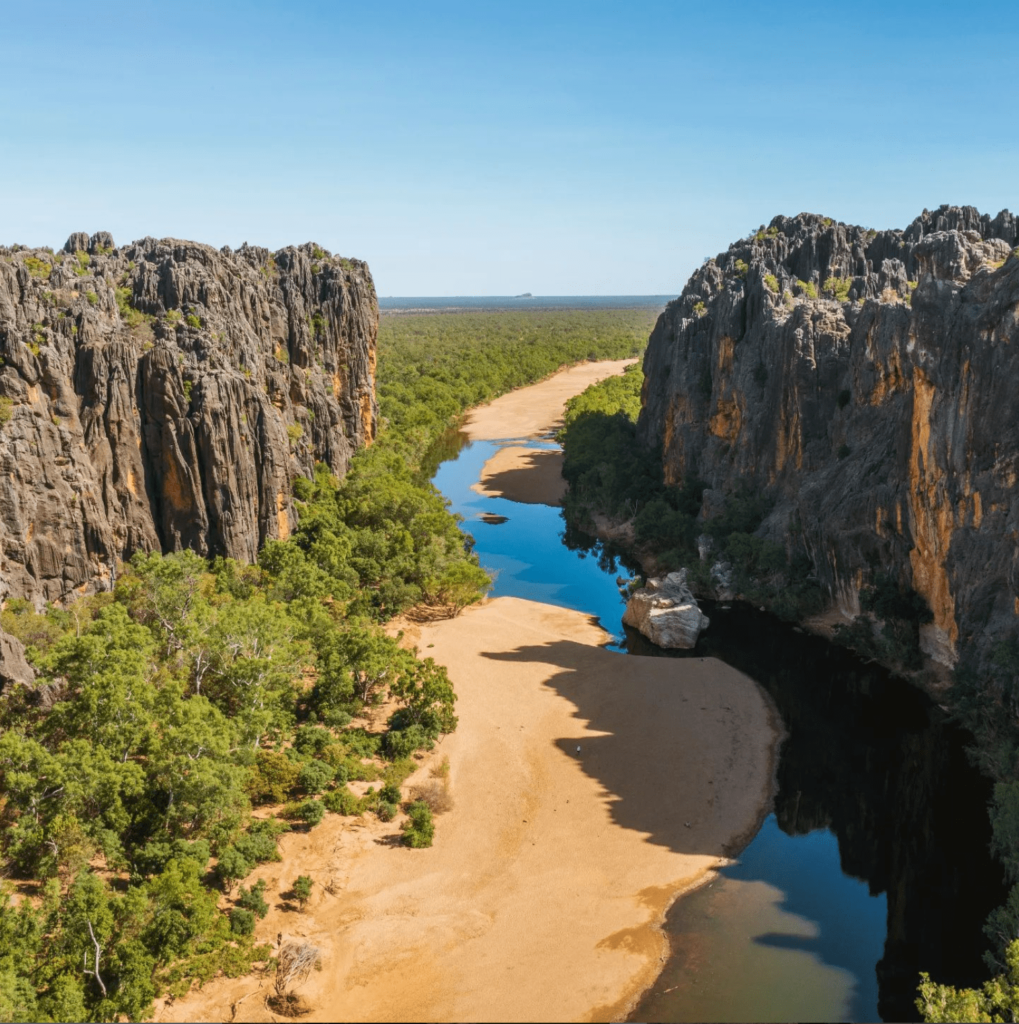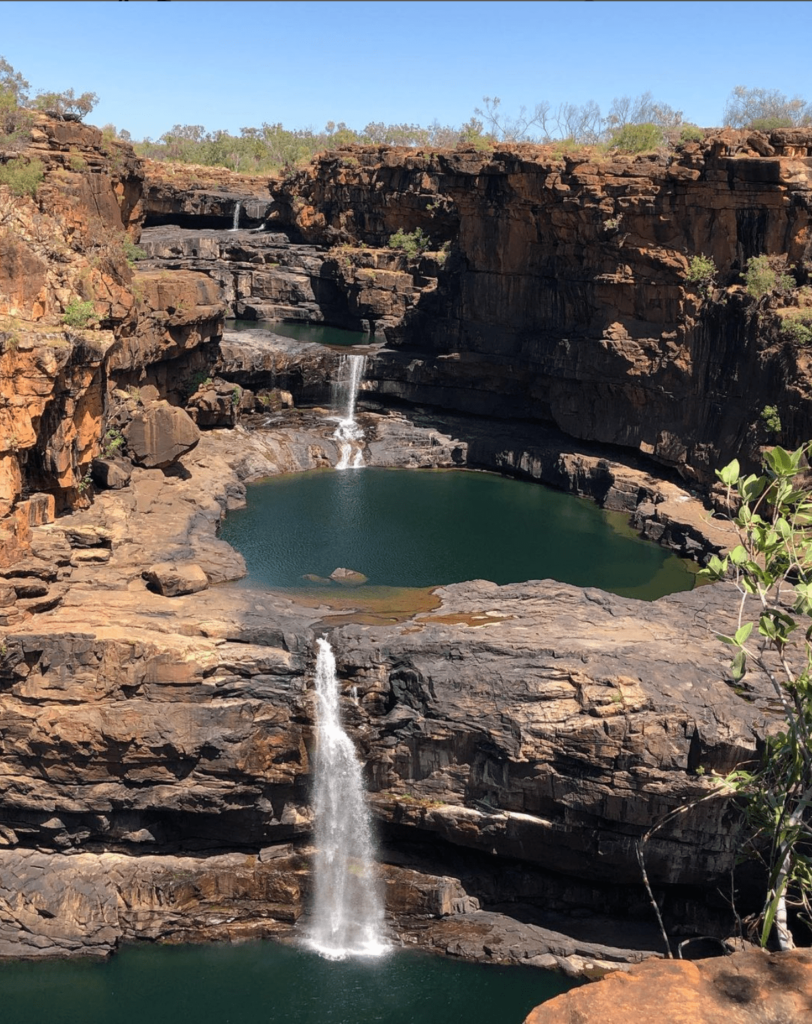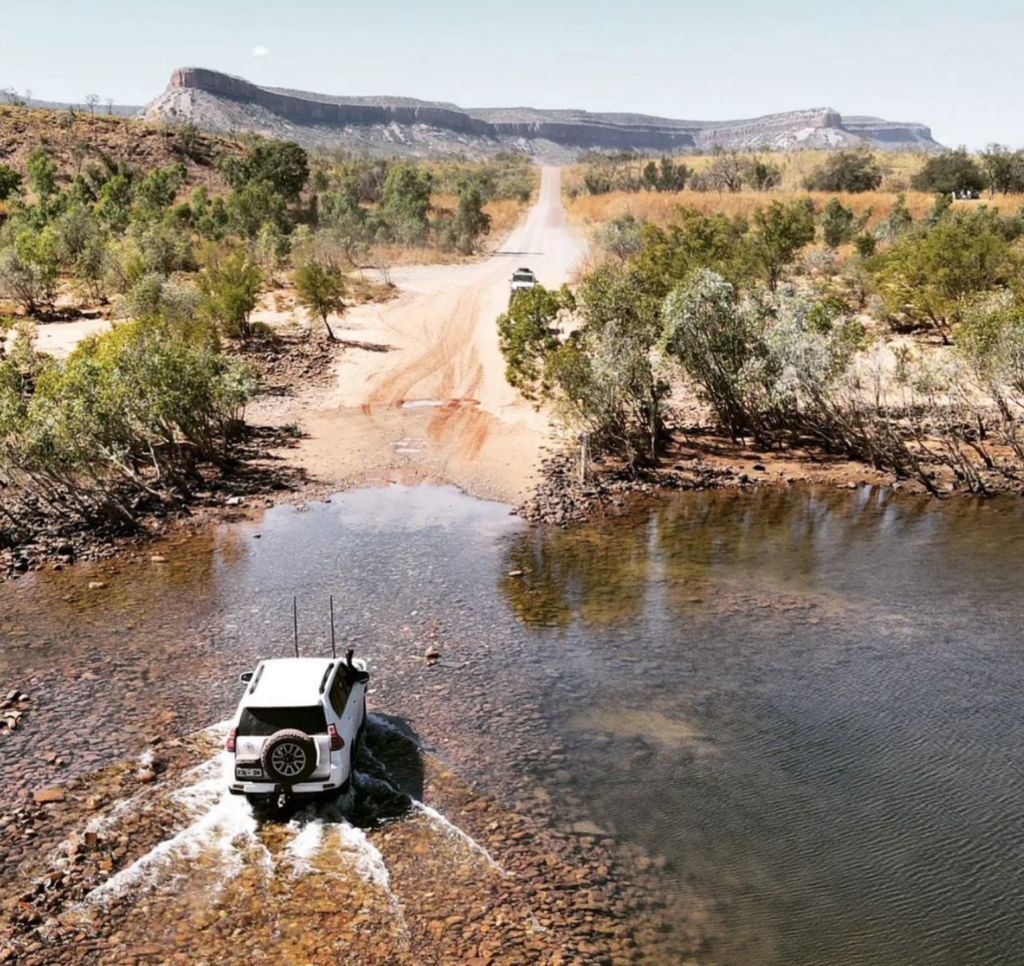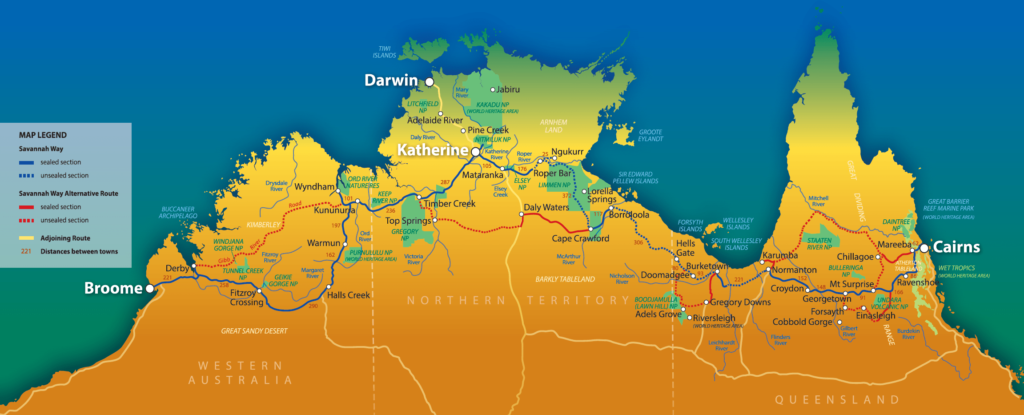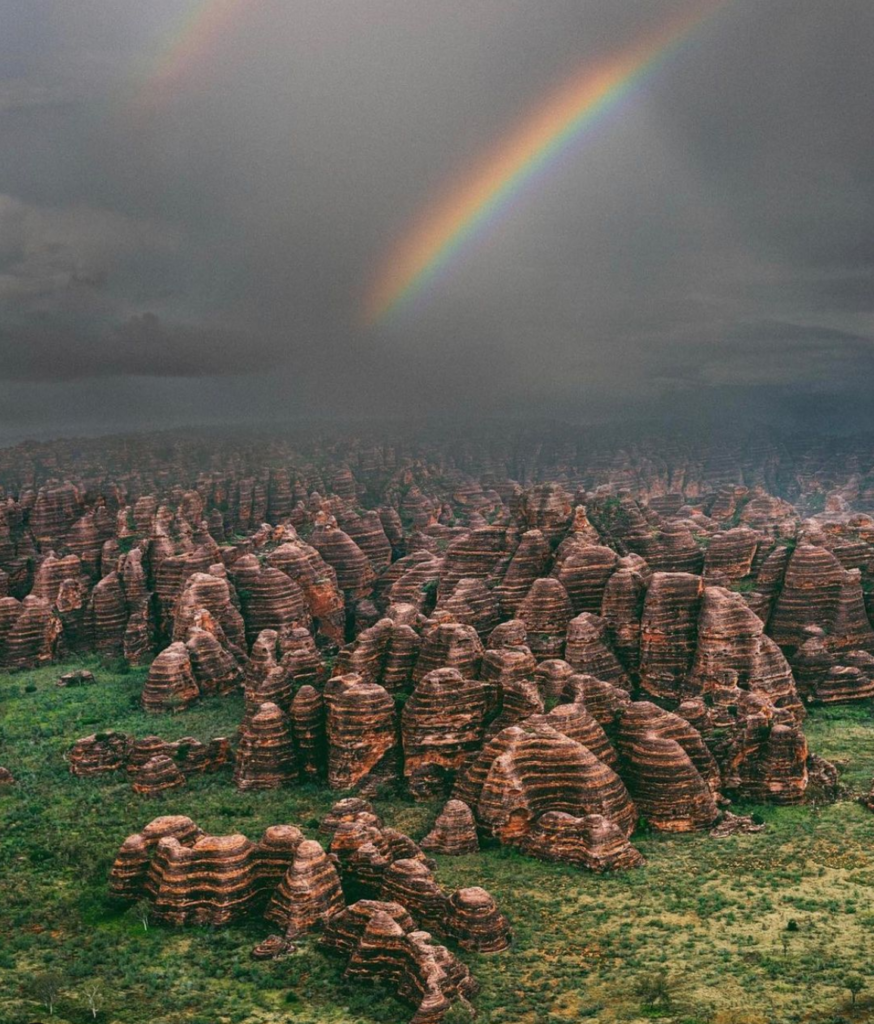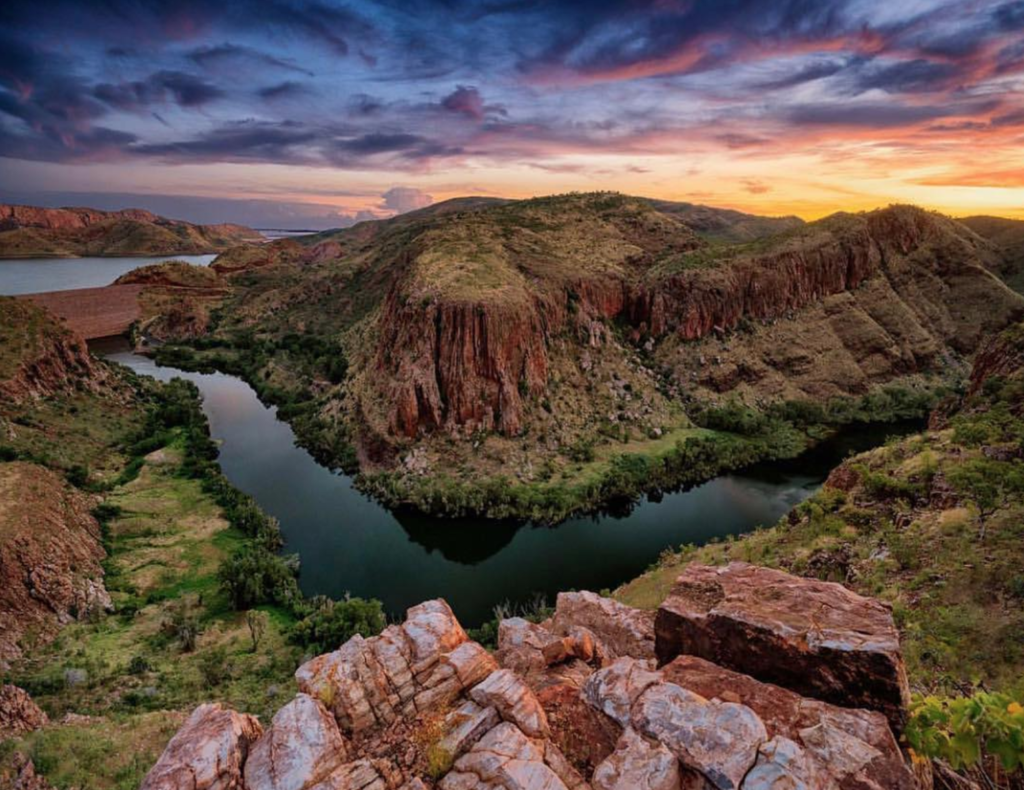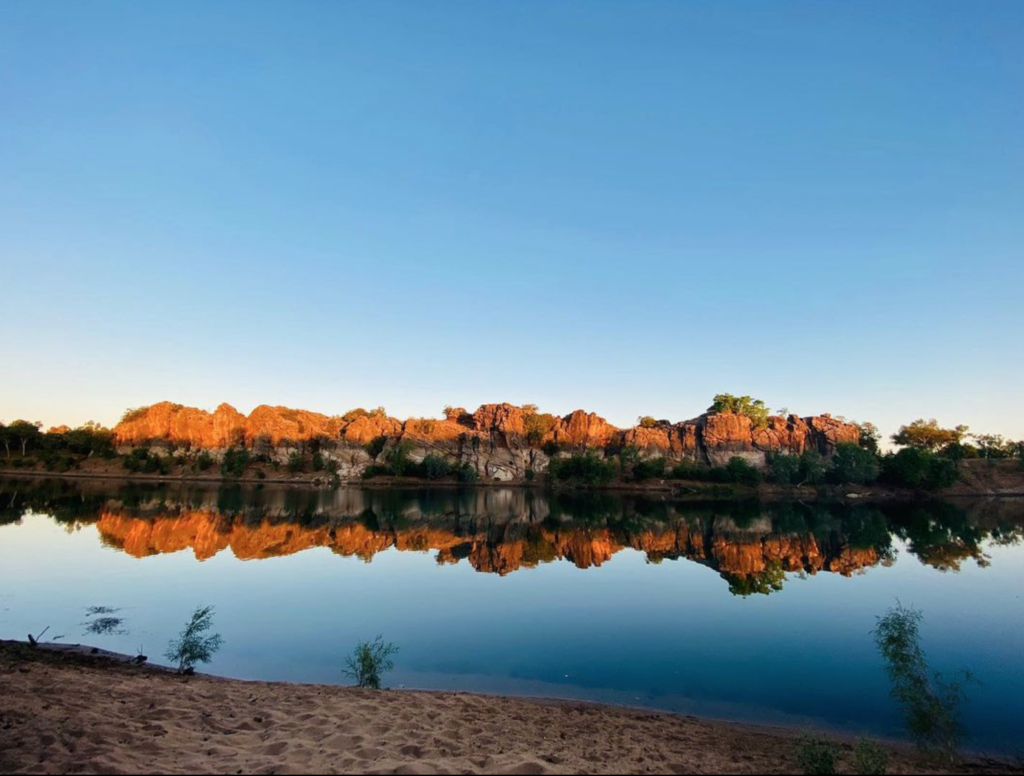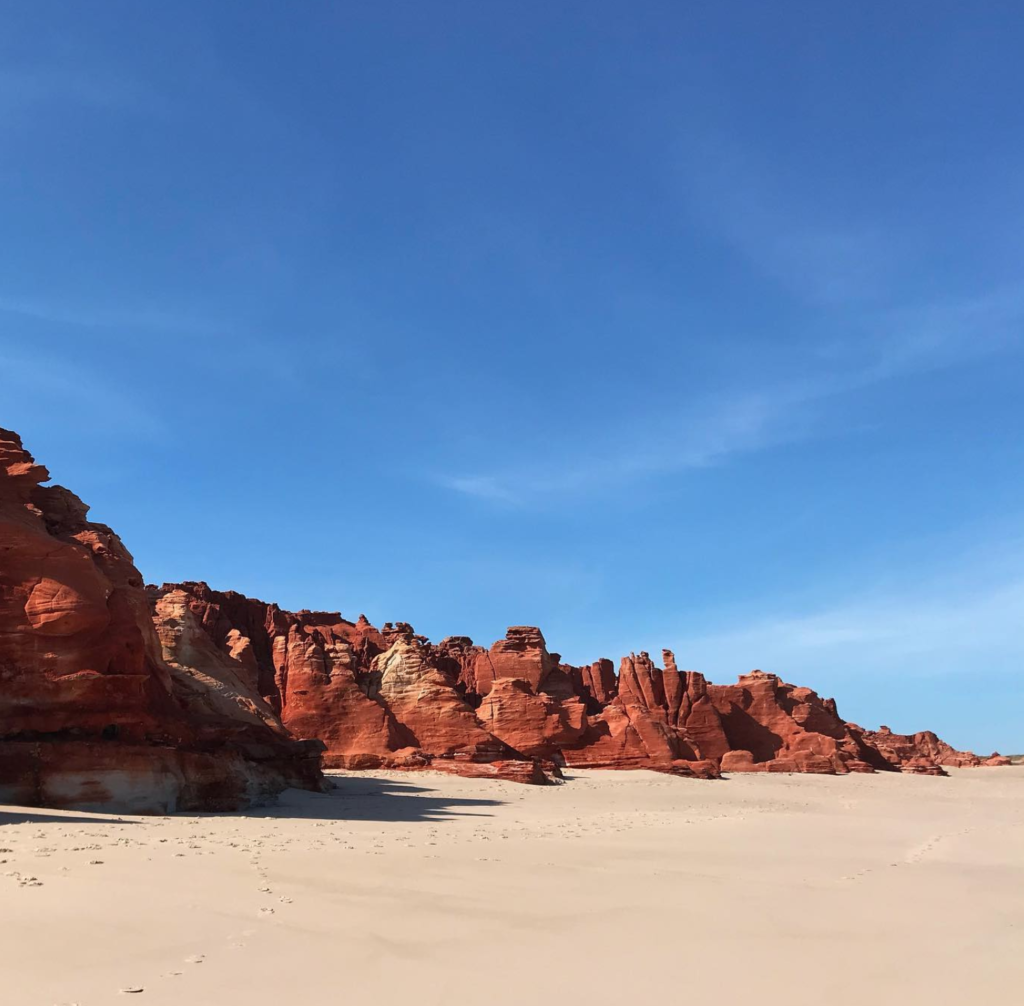Fraser Island
There’s a reason sine 400,000 people visit Fraser Island every year. Could it be for the island’s towering tropical rainforest which grow out of inhospitable sand? Or no less than a hundred freshwater lakes boasting crystal clear water? Perhaps it’s for the world-class beach fishing, or the 250 kilometres of sandy beaches? whatever your reason for coming to Fraser Island, you can’t go wrong with this spectacular UNESCO-listed outdoor playground. Named the “Great Sandy Peninsula” by Captain Cook in May 1770 _as he mistakenly thought it was connected to the mainland), we think its original named of K’gar or “Paradise” given to it by its original inhabitants some 5,500 to 20,000 years ago, the Butchulla people, is much more fitting. According to Aboriginal legend, the great god Beeral changed a beautiful spirit named K’gari into what is now known as Fraser Island, and gifted her birds, animals, people, trees, and flowers to keep her company.
While legends may have faded, the reality is still very much a paradise. Some 123 kilometres in length and 22 kilometres across at its widest point, Fraser Island is considered the world’s largest sand island. Most of its 1,840 square kilometres as well as the marine zone around the island falls within the Great Sand Nation Park and Great Sand Marine Park, there by giving this pristine wilderness island a measure of protection.
The island receieved further recognition when it was inscribed by UNESCO as a World Heritage Centre in 1992 for its ‘exceptional natural beauty” highlighted by long, sweeping streaches of wild ocean beach, vividly coloured sand cliffs, majestic old-growth rainforest rising from sandy dunes and a unique collection of rare fiora and fauna, including the famed Fraser island dingoes.
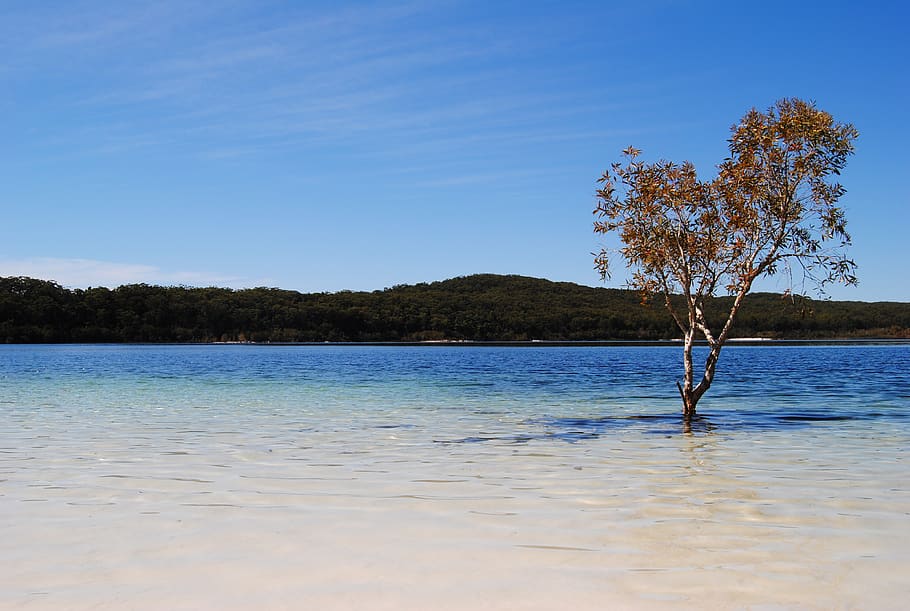
For 4WD enthusiasts, Fraser Island is truly a wilderness adventure. With no sealed roads, the island is strictly 4WD-only, adding a fun off-roading component to Nature’s sandy playground sculpted over hundreds of thousands of years by winds, waves and ocean currents.
Steer your Fraser Island 4WD Hire Bush Camper towards Queensland’s Fraser Coast. about 300km north of Brisbane. Just south of the great Barrier Reef’s southernmost coral cays, Fraser Island is accessed by vehicular ferry from the mainland at Inskip Point towards the nothern end of Rainbow Beach (landing on the island’s southern tip) or from River Heads (30km south of Hervery Bay), arriving at Kingfisher Bay on Fraser Island’s west coast. Before you head off, enjoy views over the Great Sandy Strait or perhaps a gourmet meal at the posh Kingfisher Bay Resort
From there, jump on the island’s many thrilling 4WD tracks and explore the mind-blowing array of outdoor activities on offer. While there are no sealed roads on Fraser Island, the de facto “highway” is the famed Seventy-Five Mile Beach on the island’s east coast. However, be prepared to share this long strech of track with small aircraft which use the beach as a runway.
Get your bearing and head up the dune crest of Wungul Sandblow for awesome coastline views. While Seventy-Five Mile Beach is not swimming-friendly because of its strong current and large sharks, you’ll find some incredible sights along this sandy highway, including Rainbow Gorge, just south of Happy Valley, and the Pinnacles, raucously colorful cliffs made up of up to 72 different colours of sandy in mostly red and yellow hues. A spiritually significant site to the Butchella people, the Pinnacles are located about 20km south of Indian Head Lookout. If you stay for any length of time, you’ll see the colours change from reds to yellows to browns and oranges as the sun makes it way across the sky over this masterpiece of iron-rich clay and sand.
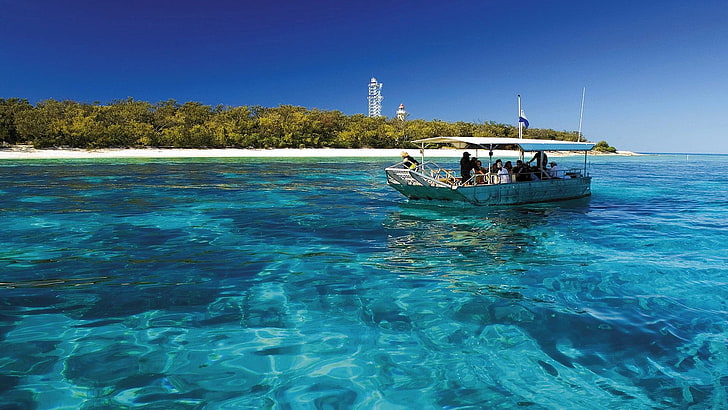
Along the Seventy-Five Mile Beach is the wreck of the SS Maheno. Originally a Scottish Ocean liner plying the waters of the Tasman Sea in the early 20th century, the ship was sold for scrap and on its way to a Japanese wrecking yard, when a cyclone grounded it onto the shores of Fraser Island in 1935, about 10km north of Happy Valley. Today, only a rusted skeleton remains, making for great photos against the crystalline blue waters of the Coral Sea.
Seventy-Five Mile Beach is also home to some of the best beach fishing anywhere. Warmer months see whiting and bream while swallowtail, tuna mackerel and even sharks can be found year-round. From August to October, fishing enthsiasts gather for the Tailor Run, when huge schools of these aggressive fish make their way down the coast to breed. Other superb fishing spots on the island’s north and east coast include Sandy Cape, Waddy Point, Indian Head, and Middle Rocks. In addition to beach fishing, fly and reef fishing are also available on the island while mangrove jack and bream can be found in the island’s inland creeks.
All along Seventy-Five Mile Beach, you’ll find one Fraser Island’s most distinctive features – its mobile sand-blows. Continually formed and re-formed by the prevailing winds while being stabilised by grass and other coastal plants, Fraser island’s sand dunes are nevertheless actually moving across the island, covering and uncovering ancient forest on their way.
All this soft sand makes Fraser island a fun 4WD destination, either along Seventy-Five Mile Beach or heading inland on the Central Lakes scenic drive to take in the islands many stunning freshwater lakes.
In addition to Fraser Island’s ruggedly beautiful beaches, the interior of the island is home to more than 100 freshwater lakes, not to mention streams and tributaries, putting it just behind Tasmania for having Australia’a highest concentration of lakes, in fact, the ground beneath the sand dunes is thought to hold an astounding amount of rainwater, between 10 and 20 million mega litres!
The island is home to some 40 perched dune lakes, half of the total number in the world, Perched lakes are formed when wind creates a depression in the land which is then covered in compacted sand and hardened organic matter like leaves and other vegetation. The lake then fills up with rainwater. While high acidity together with low nutrient levels means very few plants or animals inhabit the lakes, they make some of the cleanest lakes in the world with incredibly clear water, perfect for swimming!

At 200 hectares, Lake Boomanjin is the largest perched lake in the world. The reddish water comes from the tanning of Tea Trees. While oddly-coloured, the shallow lake is great for relaxing and swimming, There are flush toilets and picnic areas around the lake for those who want to make. a day of it.
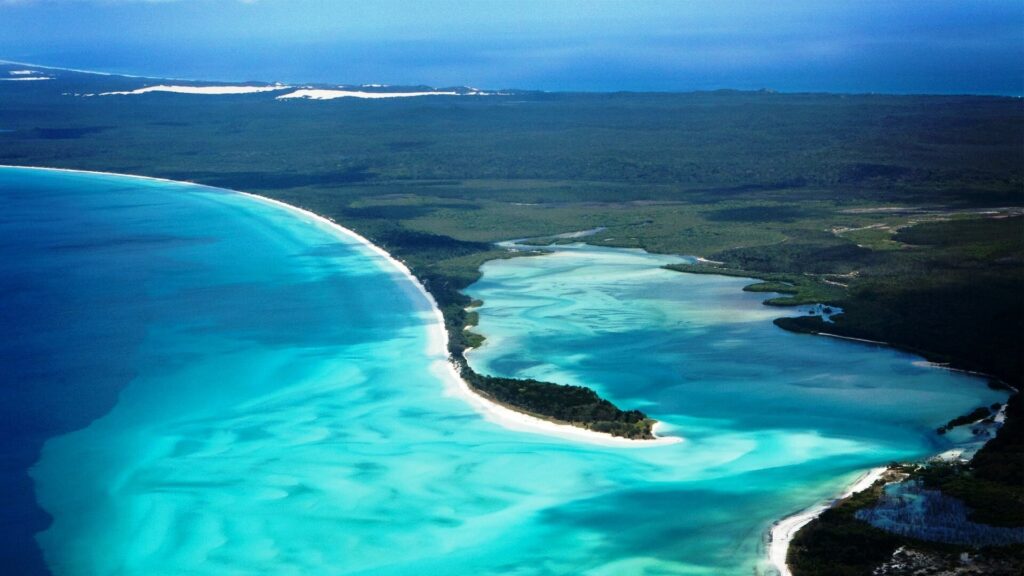
For more traditionally beautiful water, the island’s most popular perched lake has to be Lake McKenzie, often called the “Jewel of Fraser Island” for its amazingly clear, blue water surrounded by blindingly white silica sand, all enveloped by a forest of green trees, Easily accessible from either ferry drop-off, once you arrive at the car park, it’s just a short 100m walk along a jungle path and down some stairs to the lake, Facilities include hybrid toilets and a fenced picnic area with barecues. The lake is home to some turtles and fish, so feel free to bring a snorkel and mask along. Other popular perched lakes include isolated Lake Bowarrady, the black water Basin Lake, and Boomerang Lake, the world’s highest perched dune lake at 130m above sea level.
A second type of lake which Fraser Island is famous for Barrage lakes, formed when wind blows a sand dune into the path of a flowing creek or stream. One of the island’s favourite barrage lakes is Lake Wabby. At over 11m, it’s deepest dune lake on the island and its emerald waters are home to 12 species of fish. Come early to see the morning mist rising from the lake or hike up to the Lake Wabby Lookout for spectacular views. Either way, you’ll need to do some work to enjoy this secluded spot, as access is via two hiking trails, a shorter 1.5km hike from the Look Out Car Park, or a longer 2.4km hike closer to the town of Eurong.
For a slightly different swimming experience, head to Eli Creek, a large freshwater stream on the island’s east coast, not far from Happy Valley and the wreck of the SS Maheno. Walk along the wooden boardwalk, swim or float down the fast-flowing creek or somply soak in the atmostphere while enjoying a picnic lunch
A range of walking trails to enjoy Fraser Island’s rain forest start from Central Station and the surrounding Pile Valley. Originally a logging camp, Central Station is the gateway to the area’s rain forests which grow from the sand, a remarkable feat considering that sand is notoriously nutrient-poor. Take some time to view the displays about the island’s development as well as its unique collection of plants and animals before striking out on one of the walking circuits through lush rain forests and along creeks. As you walk, notice how tall and straight the trees are, better to reach the sunlight through the thick canopy. Many visitors choose to make Central Station their base while on the island due to its large fenced campground area and availability of basic facilities
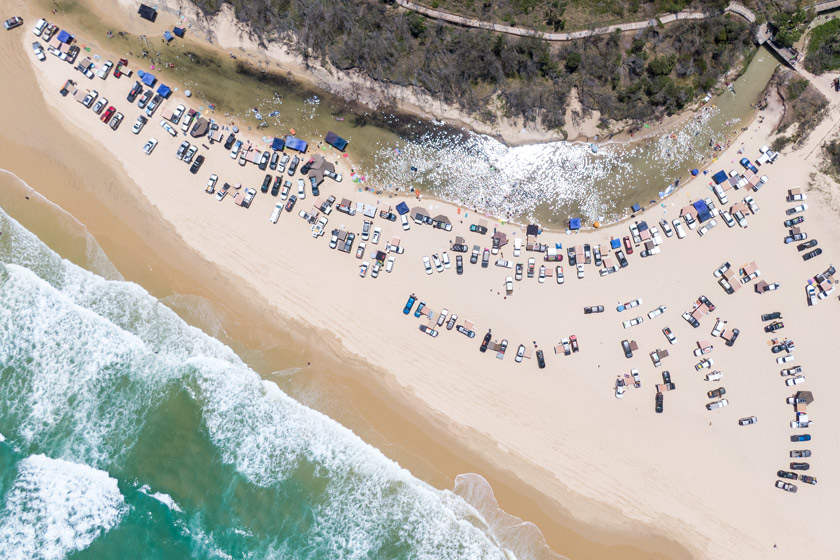
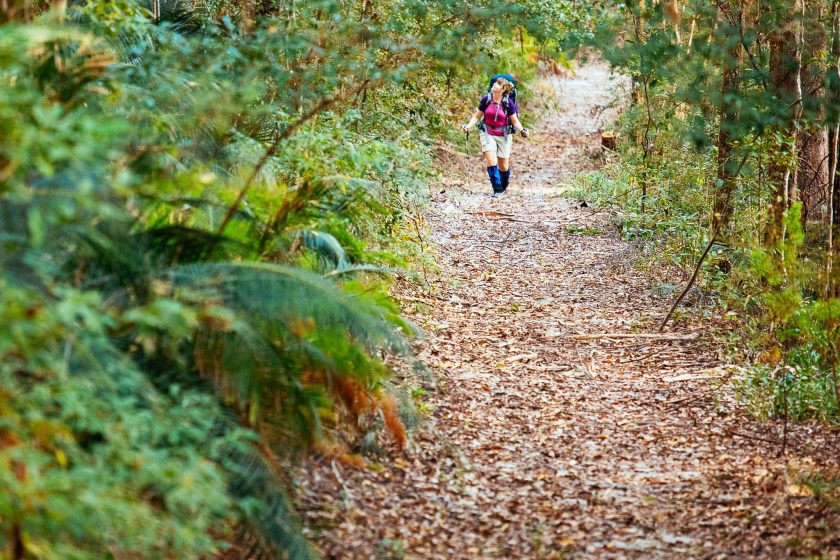
Bushwalking is another great way to appreciate the island’s natural beauty up close. While there are lots of shorter walks, the epic, 90km, six-day Fraser Island Great Walk takes in most of the island notable sites. For something slightly more manageable yet still challenging, the Lake McKenzie Circuit is about 20-24km round trip, exploring beaches, walking along boardwalks, and through scenic forests.
Campabout Oz 4WD Hire has a national wide network of agencies which are strategically positioned in close proximity to all famous tourism destination and hot spots, as well as major regional and capital cities throughout Australia so you are never far from a pick up point or friendly service to make your Road trip a memorable one.
Campabout Oz 4WD Hire is renowned for meticulously maintained vehicles and quality service. Our fleet is constantly being updated to ensure you enjoy the best in comfort and safety making it the ideal choice for your next self-drive adventure. 4WD Tourism is one of the best ways to see the sights of Australia and it offers you the freedom & flexibility to discover the outdoors at your own pace. For your Gibb River Road 4WD Hire adventure please contact us on + 61 8 9858 9126 or email us on info@campaboutoz.com.au or visit us at www.campaboutoz.com.au


